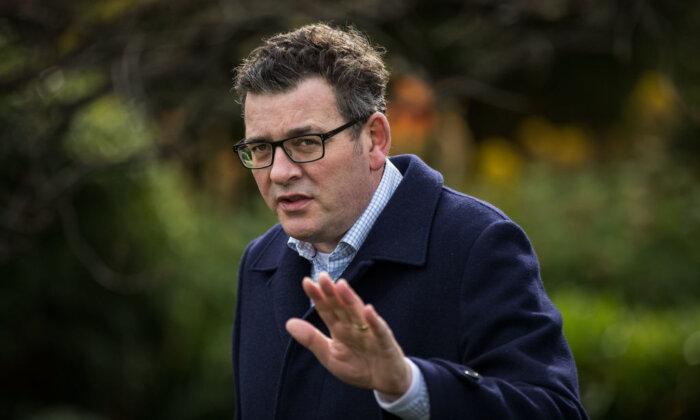The Australian dollar continues to sink against the United States dollar and is now worth US 63 cents.
The dollar sank to as low as US 62.8 cents overnight before slightly recovering this morning to US 62.97 cents at the time of writing.
CommSec market analyst Tom Piotrowski said the U.S. dollar index continued to improve which was acutely reflected in the Aussie dollar.
“Overnight it got as low as about 62.8 US cents, it’s trading closer to 63. But that implied dovishness that we saw in the RBA statement yesterday has not helped the currency under these circumstances which was probably a factor pushing it towards a slow.”
Australia’s dollar appears to have slid amid the Reserve Bank of Australia’s (RBA) latest decision to keep rates on hold and a stronger U.S. dollar.
ANZ economists said the U.S. dollar extended its rally amid U.S. yields reaching new multi-year highs.
“Strong U.S. economic data along with rising energy prices raised expectations of a tighter monetary policy to sustain for longer,” ANZ analysts said in a research note.
“This led U.S. Treasury yields to rise towards a 16-year high, and the U.S. dollar to surpass above 107.”
“The trend is still down,” he said.
11 Month Low
The Australian dollar is at its lowest level in 11 months, with the dollar now trading at November 2022 levels.The Aussie dollar has been below 70 US cents since February 2023 after hitting nearly 79 cents in February 2021. In March 2020, at the onset of COVID-19, the dollar fell to 57.91 US cents.
Meanwhile, the Australian share market is in the red today, with the benchmark S&P/ASX 200 down 0.71 percent to 6,893.90 points at the time of writing.
RBA Rates
RBA interest rate decisions can weigh on the supply and demand for the Australian dollar. The Reserve Bank decided to keep interest rates on hold at a meeting on Oct. 3.Australia’s official cash rate remains at 4.1 percent, however, more rate rises could be on the cards in the future.
The RBA board said controlling inflation is still its priority and further tightening of monetary policy may be needed in the future.







